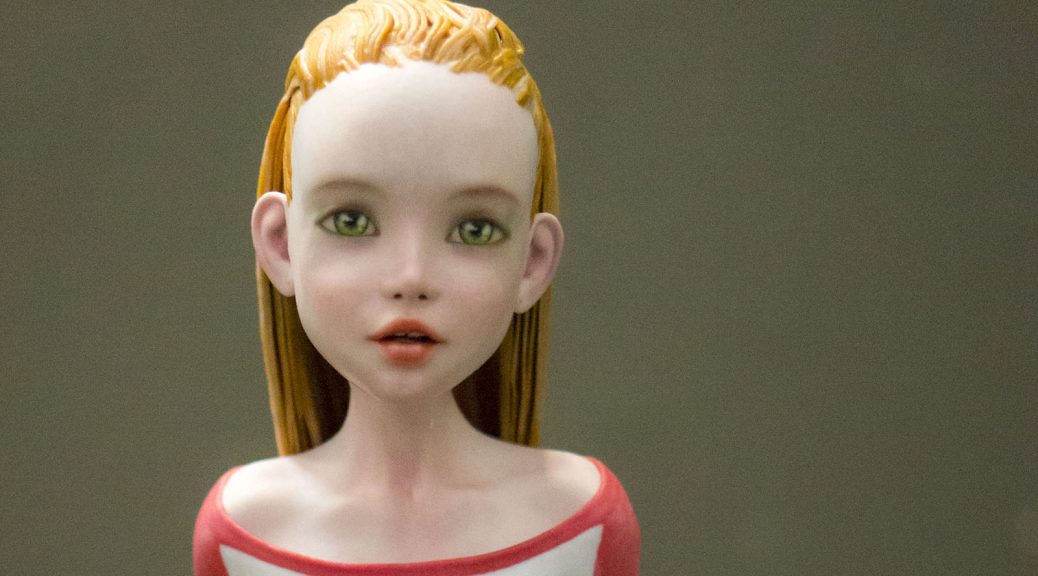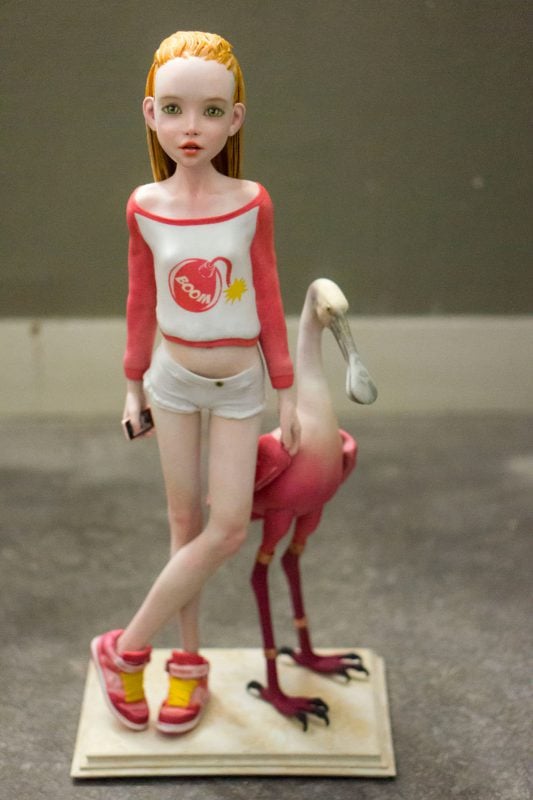
Remember a few months ago Netherlands-based Eric van Straaten sought funding to acquire a color 3D printer? There’s an interesting update to his story.
The idea behind his quest was essentially a lack of sufficient quality from existing color 3D printers. He had been using standard 3D Systems’ ProJet powder-based color printers, which do produce good quality prints, but in van Straaten’s case, that quality was insufficient for his use.
You see, “quality” is a relative thing. The real question, as always, is “what do you intend to do with it?”
For many 3D Systems color printing users, the quality is more than sufficient for their purposes. Perhaps they need a “draft” version of a product printed in color so that its “look” can be tested. Or maybe it’s an architectural model enabling clients to examine how a building shape interacts with light.
But van Straaten wasn’t doing those things. Instead he was attempting to produce fine, high-quality artwork to be sold in notable galleries to sensitive art buyers. The higher the quality, the more locations would be willing to sell the product.
For this, he required quality better than the 3D Systems equipment normally produces. Thus his quest to acquire a better system. He explains:
The bleak truth however, was that I wasn’t able to print my larger sculptures in a good enough quality for the galleries that sell my work. The reason for this predicament was that the printer needed for the larger sculptures (the Projet 650) is very sensitive and misprinted two out of three sculptures, resulting in high production costs, especially if done by external facilities.

This image illustrates the problem: occasional delamination of layers, resulting in inconsistent surface quality. van Straaten observed this effect on the machines he was normally using, as well as other similar models elsewhere.
So what happened? It seems that van Straaten gained direct access to a 3D printer and “fixed it”. But he won’t tell exactly what was done:
Luckily these problems are now solved by some adjustments to the machine and nonstop hard work (that is all I am going to say about it;).

He’s now back in production, making super-high quality prints as seen at top.
While we’re happy van Straaten found a solution, this also illustrates one of the big problems in 3D printing faced by the printer manufacturers: how to educate users on ways to get the best results from a complex 3D printer. In many cases users are left by themselves to “figure it out by trial and error”, having to go beyond mere simplistic documentation from the vendor. Yes, it’s possible to get the machine going, but there are always tuning, tips and approaches that must be learned.
It’s on the 3D printer companies to harvest this knowledge and redistribute it to their customers.

